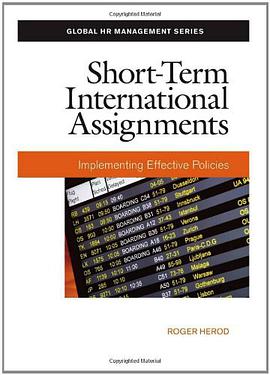Acknowledgements ix
1. Introduction 1
1.1 Invisible and soundless voices 1
1.2 The development of interpreting 3
1.3 Aim of the study 6
1.4 Oral history as a method 11
1.4.1 What is oral history? 11
1.4.2 Narratives as evidence 13
1.4.3 Life-story interviews 21
1.4.4 Profiles of five pioneer interpreters in Japan 24
1.5 Conclusion 25
2. A brief history of interpreting/translation in Japan 27
2.1 Interpreters in Nagasaki 28
2.2 Translation and the modernization in Meiji Japan 29
2.2.1 Fukuzawa Yukichi 30
2.2.2 Tsuda Sen 31
2.3 War and peace 32
2.3.1 The Potsdam Declaration 33
2.3.2 International Military Tribunal for the Far East 36
2.4 Simultaneous interpreting in Japan 37
2.5 A case study of mistranslation in Japanese diplomacy 39
2.5.1 Sato’s ‘I’ll do my best’ reply to Nixon 39
2.6 Interpreter training and foreign language education in Japan 43
2.7 Interpreting studies in Japan 46
2.8 Conclusion 47
3. Habitus 49
3.1 Learning English as a foreign language 50
3.1.1 Motivation for language learning 51
3.1.2 Teachers of English 55
3.1.3 Studying a ‘hostile language’ during the war 56
3.1.4 Studying English after the war 59
3.2 Growing up in a bilingual environment 64
3.2.1 Acquiring English 64
3.2.2 Critical thinking 67
3.2.3 Learning Japanese 69
3.3 Experiencing World War II 70
3.3.1 Pre-war years 70
3.3.2 Wartime days 75
3.3.3 Post-war period 77
3.4 Discussion 79
3.5 Conclusion 83
4. Into the field of interpreting 85
4.1 Occupation Forces 86
4.2 Moral Re-Armament 94
4.3 Productivity teams 96
4.4 Japan-U.S. Ministerial Meetings on Trade and Economic Affairs 103
4.5 Discussion 105
4.6 Conclusion 109
5. Interpreting as a practice 111
5.1 Nishiyama and Reischauer-Sensei 113
5.1.1 Kono Ichiro’s tanka 113
5.1.2 Kakeai manzai with Ambassador Reischauer 115
5.1.3 Interpreters as tomei ningen 118
5.1.4 Nishiyama made visible by Apollo 119
5.2 Komatsu as a visible machine 122
5.2.1 As a member of diplomatic teams 123
5.2.2 Faithful but visible 124
5.2.3 The interpreter as a machine 126
5.3 Muramatsu and ‘unsinkable aircraft carrier’ 127
5.3.1 What happened 127
5.3.2 What Nakasone intended to say 132
5.3.3 Interpreter’s choice 133
5.4 Sohma as the first female simultaneous interpreter in Japan 135
5.4.1 Gender bias 135
5.4.2 Interpreting as a ‘calling’ 136
5.4.3 Mother and daughter 137
5.4.4 Interpreters’ responsibility 138
5.4.5 Motivation for an interpreter 139
5.5 Kunihiro and his keren interpreting 140
5.5.1 Prime Minister Miki’s press conference 141
5.5.2 Keren interpreting 142
5.5.3 Comradeship with Miki 145
5.6 Discussion 147
5.7 Conclusion 150
6. Insights 153
6.1 The role of interpreters 153
6.1.1 Interpreter Interpersonal Role Inventory 155
6.1.2 Conference interpreters 160
6.2 Cultural issues for interpreters 164
6.2.1 The Developmental Model of Intercultural Sensitivity 169
6.2.2 Intercultural competence/literacy 171
6.3 Conclusion 173
7. Perspectives 175
References 183
Index 195
· · · · · · (
收起)






















